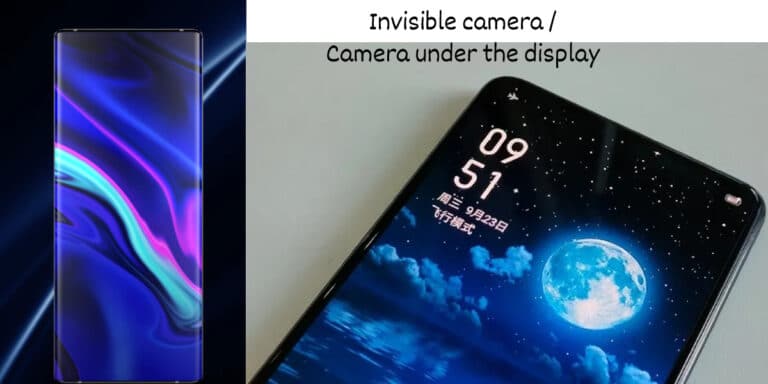The battle of the under-display cameras. The cameras that are completely underneath phone screens rather than just embedded in them—remain a rarity. Which, however, performs best for the few phones that feature them?
Since Apple reduced the bezel on the iPhone X and added the controversial notch, under-display cameras have become the standard for selfies. This paved the way for the current trend of “punch-hole” selfie camera cut-outs that float free of the phone’s bezel. Quickly working to reduce the notch to its most minor and least noticeable form, major Android makers rapidly followed suit.
A few businesses were experimenting with ways to eliminate the facing camera from the display, giving users a phone with a real full-screen experience. Pop-up cameras, concealed within the phone’s body and sliding up when necessary, were born as a result.
What will you see here?
Samsung Galaxy Z Fold 3
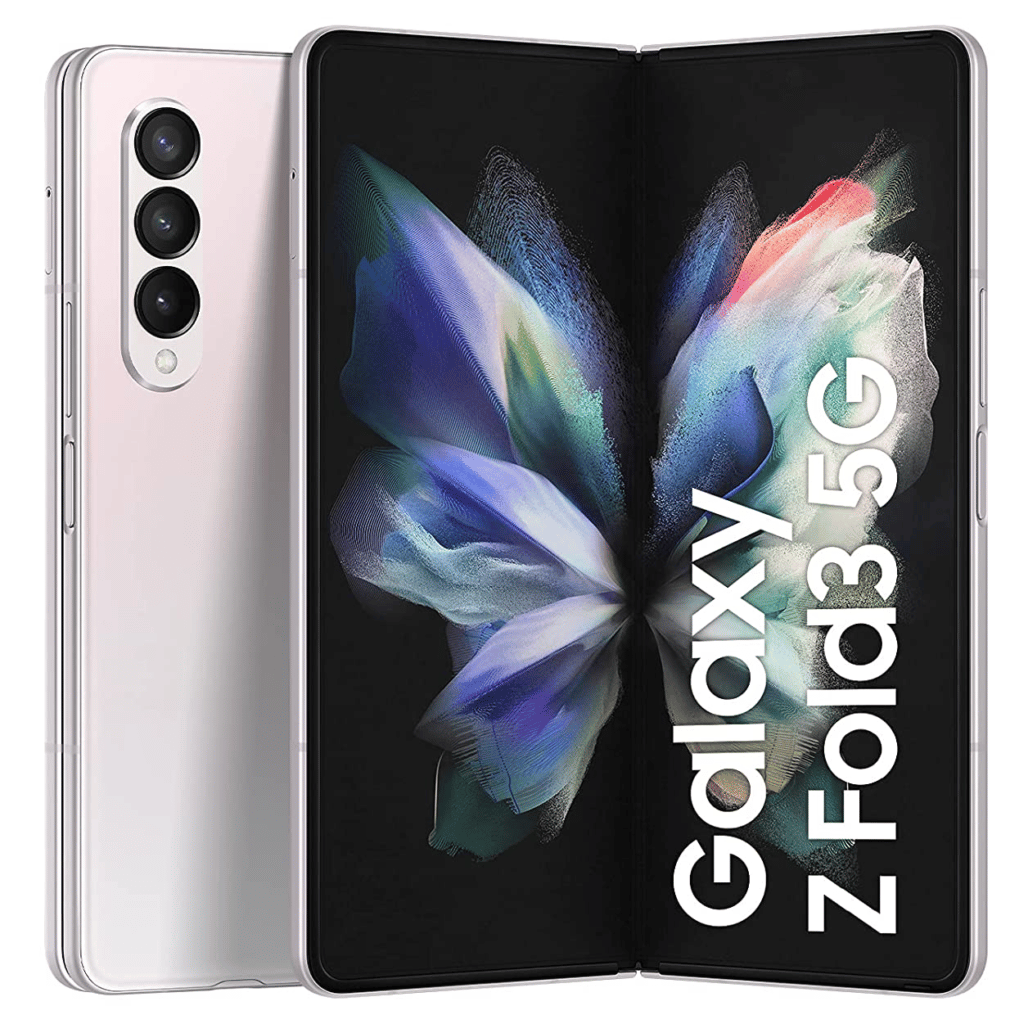
We’ve seen many previous Samsung phones keep the colorful photo processing approach. However, Samsung gives far more warm colors than ZTE.
It’s a little astonishing that Samsung is delivering this camera with a phone that starts at £1,599/US$1,799 on the market. A hexagonal array of widely spread pixels makes the camera even more noticeable than ZTE’s original design.
You may assume that because the camera is more prominent, Samsung has focused on photo quality in opposition to Xiaomi. However, the 4Mp sensor in use struggles from the same soft atmosphere and subpar exposure afflicting every other model of this technology currently available.
ZTE Axon 40 Ultra
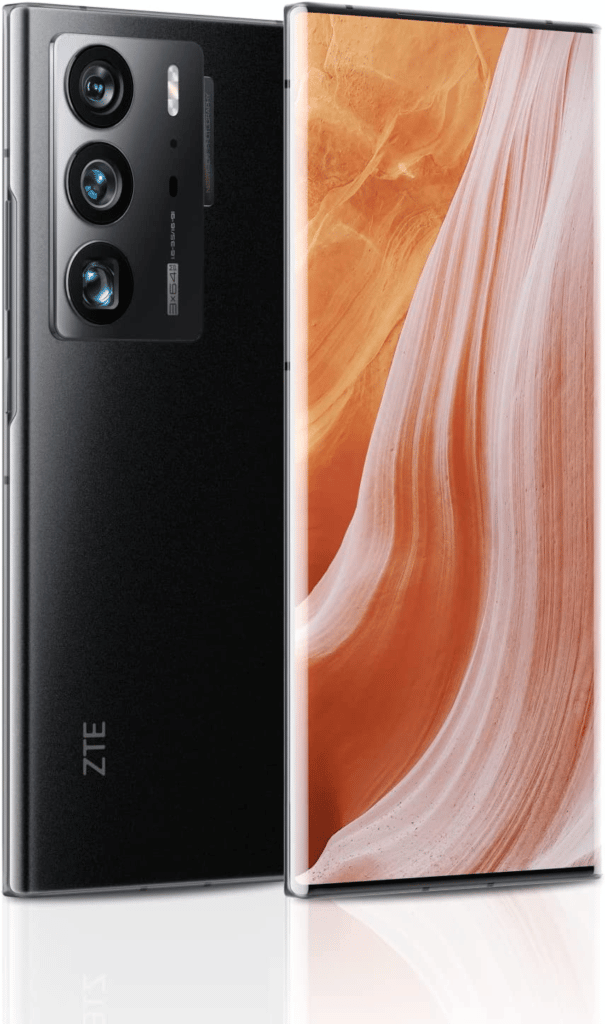
The ZTE Axon 40 Ultra, a conventional, non-folding smartphone with an under-display selfie camera, was only recently released. More versions with UDCs available in other nations and a few idea models have also been displayed. Still, for buyers in the United States and the United Kingdom, these are the two options now available.
However, the ZTE does have a significant advantage in terms of brightness because its sensor has a larger resolution. The ZTE has an additional advantage over the Samsung because its under-display camera allows for portrait-mode selfies.
Xiaomi Mi Mix 4
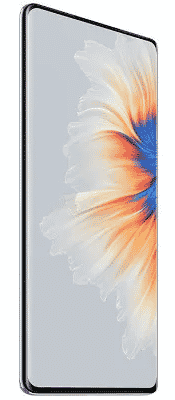
Xiaomi used innovative micro-diamond pixel technology and redesigned algorithms to ensure the least amount of light refraction. The display has FHD+ resolution, a 120Hz refresh rate, and Gorilla Glass Victus protection. Even the most minor writing is legible, thanks to the 400ppi density of the region above the camera.
An equally excellent 1/1.33-inch 108MP ISOCELL HMX primary sensor with OIS makes up the rear camera system. A 5x optical zoom, 8MP periscope modules with optical stabilization, and 120mm comparable focal length are attached. The trio is completed with a 13MP ultrawide camera with free-form lenses and a claimed 1% edge distortion.
Xiaomi Mi Mix 4 has launched in China, but there is no update on when it will release outside.
Under-display camera by Oppo

Although many of these strategies are ingenious from a design perspective, they have all considered engineering compromises. Because no one wants a scratch or pinhole cut on their gorgeous phone. Still, they will accept one if they are forced to. Oppo has not yet said when we may expect to see their under-display camera technology in a customer phone.
Now that Oppo has announced that it has solved the phone pop-up selfie problem, it appears that sacrifice is about to be a different story. Oppo revealed a universe look at their under-display cameras in a video released to Twitter.
However, the corporation has a history of increasing technology swiftly and bringing it to market. We may likely be able to use this technology sooner than expected. In The Battle of the Under under-display cameras, the under-display camera by Oppo is also included.
Under-display camera phone of Oppo is yet to be released.
ZTE Axon 30 5G UDC
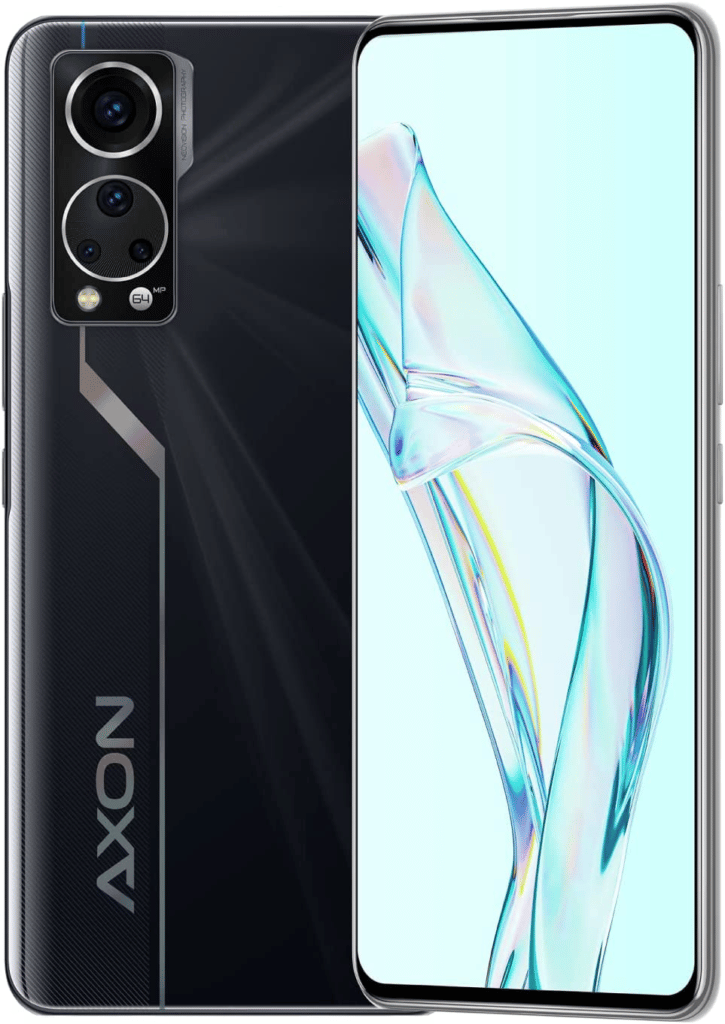
A ZTE Axon 30 Ultra 5G is a good smartphone that prioritizes high-end specifications above cutting-edge features. Although the phone’s cameras are a great attribute, its software might use some work, making it feel less sophisticated than the top smartphones.
A ZTE Axon 30 5G Ultra returned to a straightforward punch-hole for its camera module and chose a 6.67-inch screen, moving the design toward more commonplace smartphones. Even so, the display’s 144Hz refresh rate leads the industry.
There may not be a hole-punch or notch on the panel like many full-screen options, but that doesn’t mean there isn’t a camera. The ZTE Axon 30 has an under-display camera, just like the Axon 20 from a year ago, but there have been major improvements.
RedMagic 7 Pro
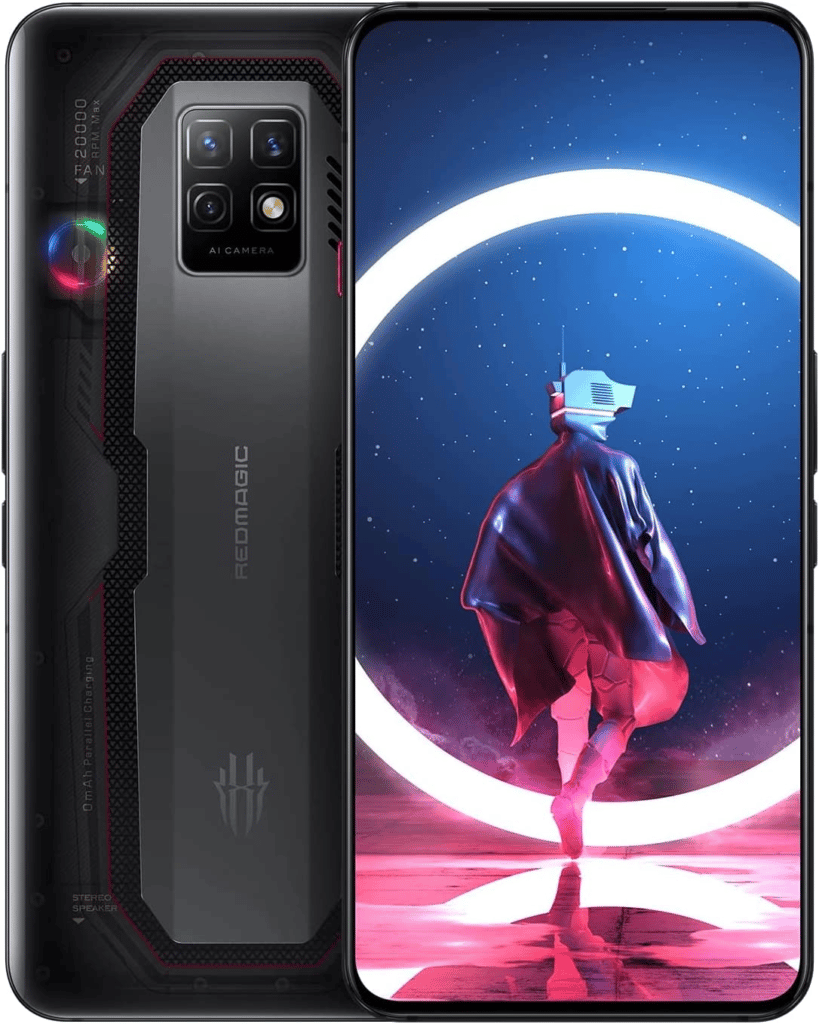
The RedMagic 7 Pro is Nubia’s top gaming smartphone to date. It has the most powerful hardware an Android phone can provide and genuinely practical features like improved cooling with shoulder triggers. However, some consumers will be well off with devices such as the OnePlus 10 Pro and iPhone 13 Pro Max due to their lower battery life and unimpressive cameras.
Even though the Red Magic 7 had thin bezels, the 7 Pro goes even further. An outstanding screen-to-body ratio of 87.1 percent for a gaming phone enables the same enormous 6.8-inch display in a more compact package. It is substantially simpler to be used one-handed and so more portable.
The Red Magic 7 is similarly large and imposing, with flat sides, a conspicuous vent, and a cold, stark steel frame. Whether you’re using it like a smartphone or a controller, it’s bulky, heavy, and difficult to grasp.
The competitors
The Galaxy Z Fold is a $1,800 folding phone with a big inner display that also houses the company’s debut under-display camera, despite having a dismally low-res 4MP sensor. The Samsung Galaxy Z Fold 4 may soon be released with several enhancements.
Since the 2020 Axon 20, ZTE has been incorporating under-display cameras into their phones. The sensor, as in the $799 Axon 40 Ultra, not only benefits from additional years of improvement but also offers a 16MP resolution, similar to many of the cameras found on the average phone.
What is the goal of an under-display camera?
Few recent phones have the under-display camera feature, which enables front cameras to capture images even when displays hide them. The first phone with the under-display was the ZTE Axon 20 5G, which was released in 2020.
What are the advantages of under-display cameras?
A phone with an under-display camera has a few benefits. One of the advantages of having a full screen to appreciate movies and games is that there won’t be any cameras or notch blocking the view. Additionally, a pop-up selfie camera won’t have any extra thickness or weight, which has a history of malfunctioning due to normal wear and tear. However, there is A battle of the under-display cameras going between various phones.
What are the disadvantages of under-display cameras?
Under-display cameras’ first-generation technology has a few significant limitations. For instance, the cameras are less sharp, and the area positioned in the picture was still somewhat visible due to the reduced pixel count. Despite the battle of the under-display cameras, the disadvantages remain the same. However, the most recent second-generation under-display display technology has addressed and improved these concerns.
Conclusion
Although the internal camera of the Z Fold 3 performs well for video conferencing. Although, it would be preferable if it had the additional adaptability of a ZTE Axon 40 Ultra. The Z Fold uses a less developed variation from the same technology and faces the challenge of being foldable. Whereas the Axon does not. However, given the price people pay for the right to own this phone, you’d expect it to feature world-class technology throughout. Although it costs just under half as much as the Z Fold, an Axon 40 Ultra significantly outperforms one of its characteristics.
Read more
- ZTE Axon 40 Ultra – Premium Flagship Phone With Under-display Camera!
- Level up your gaming experience with the best gaming phones in 2025!
- Samsung galaxy Z fold 3: Best foldable phone with S Pen support!
- Samsung Galaxy Z Fold 2 review- The amazing foldable phone!
- Samsung Galaxy Z Flip 4 – Here’s Everything We So Far About Next Flip!


